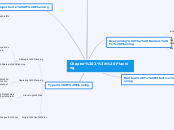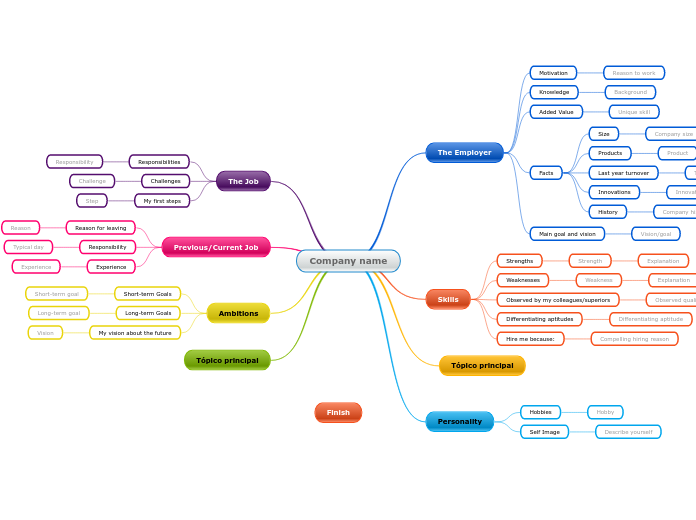作者:Angela Soto 4 年以前
194
ISTE Standards_studentsAngela Soto CI 100 4 PM
Integrating technology into education can significantly enhance the learning experience by empowering students and fostering collaboration. Creating forums where students share their achievements encourages peer support and partnership.









